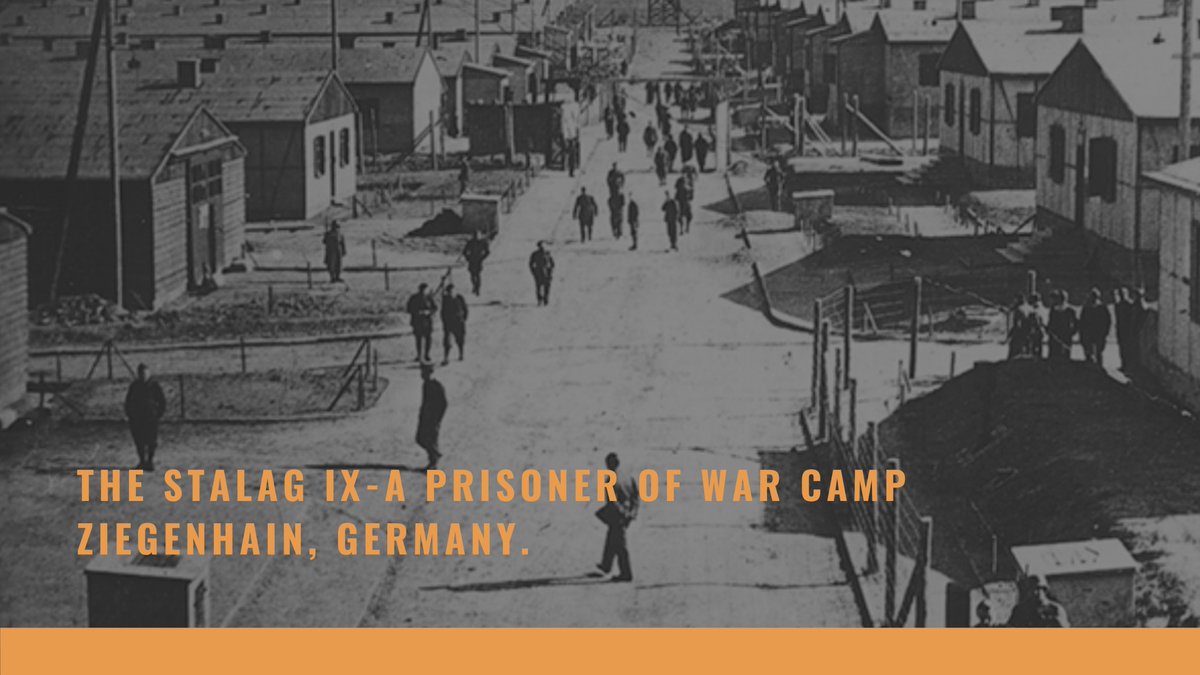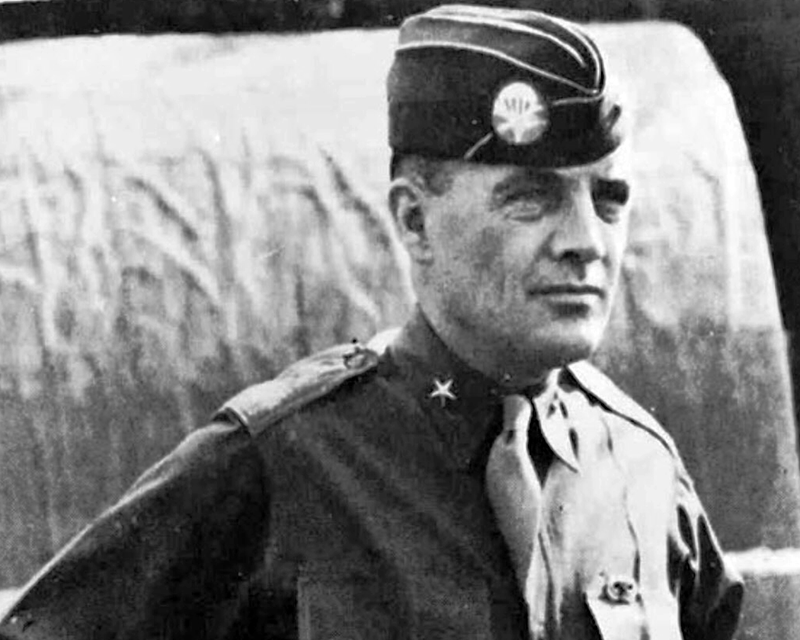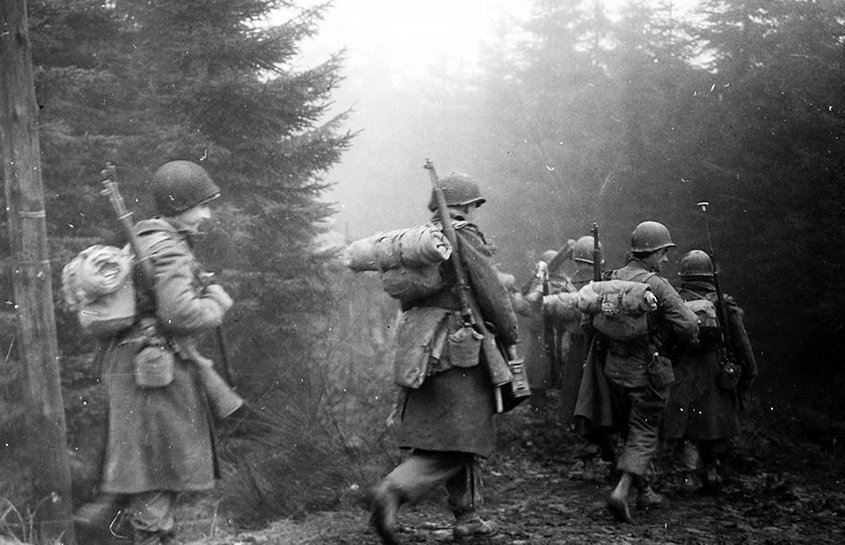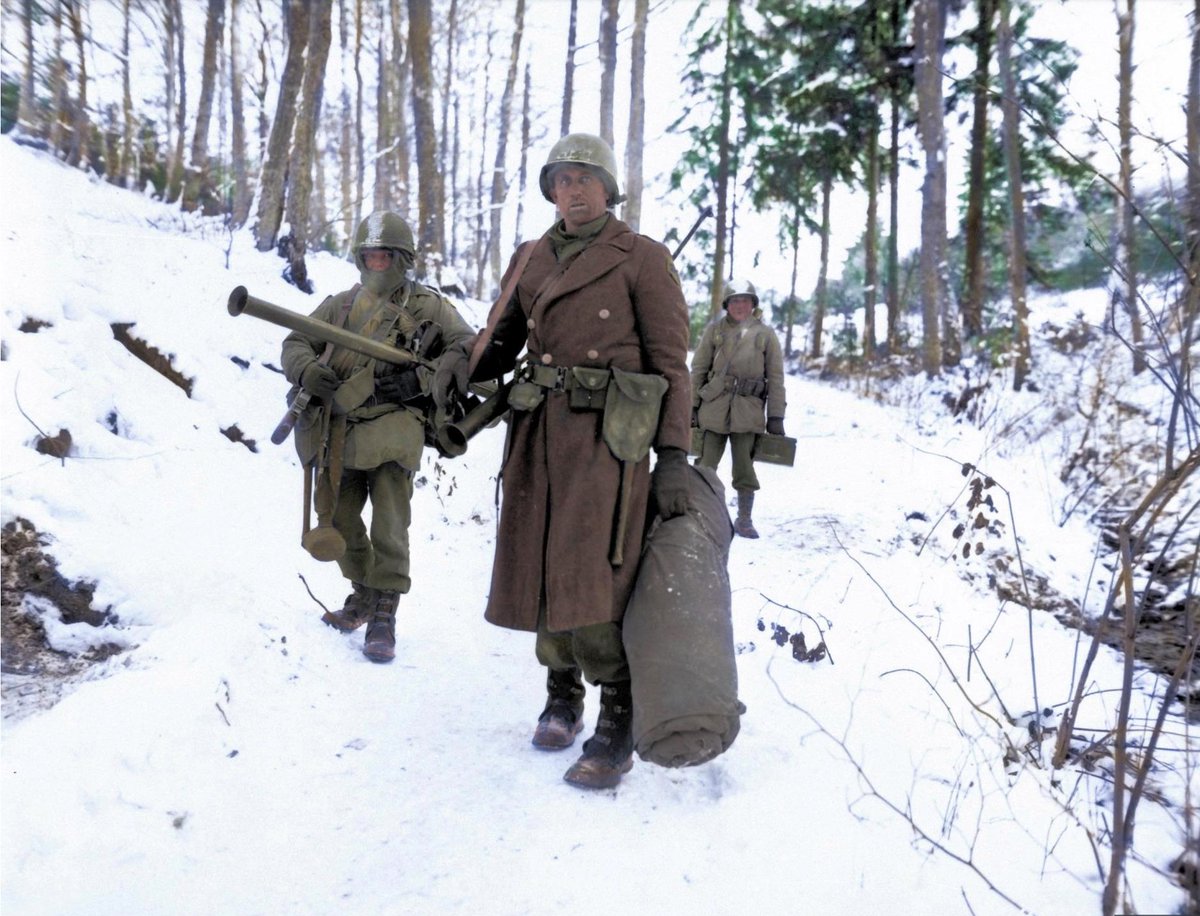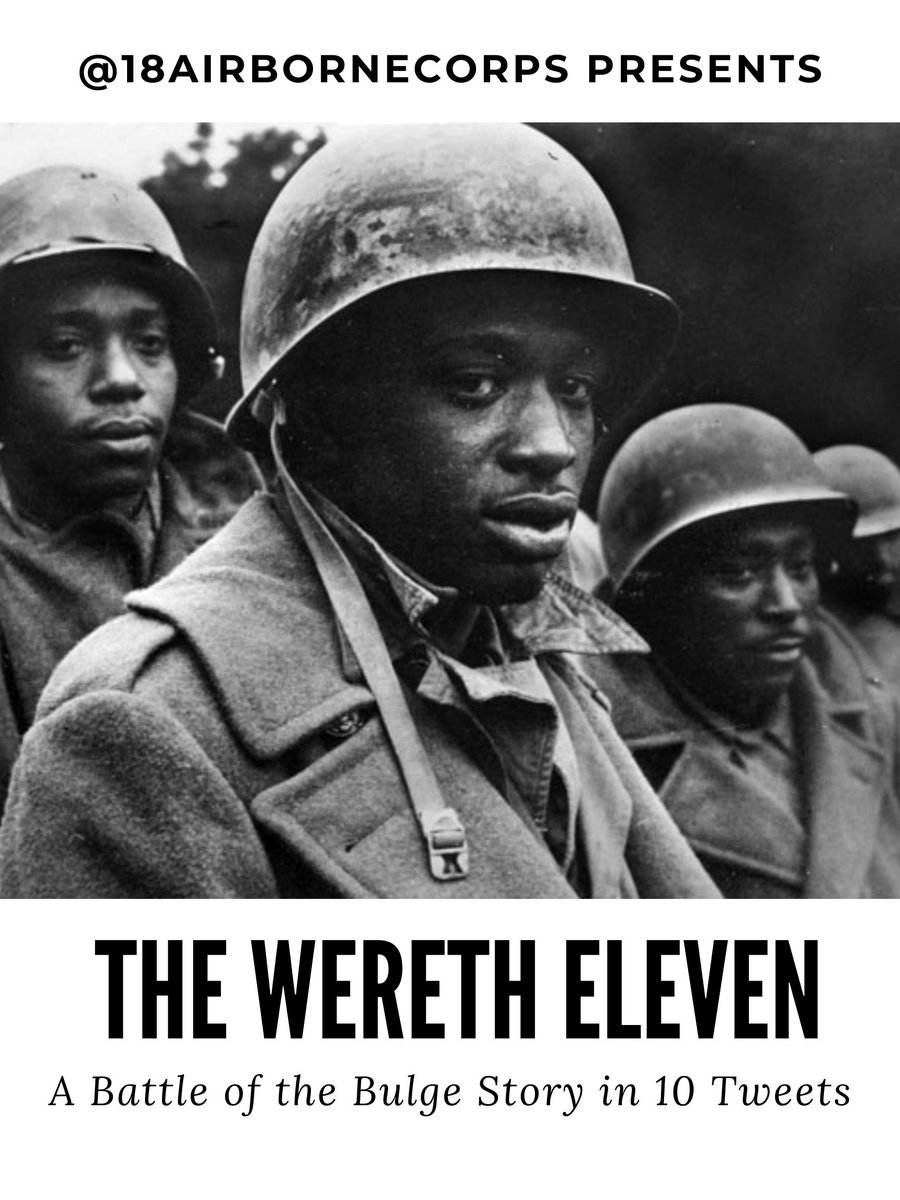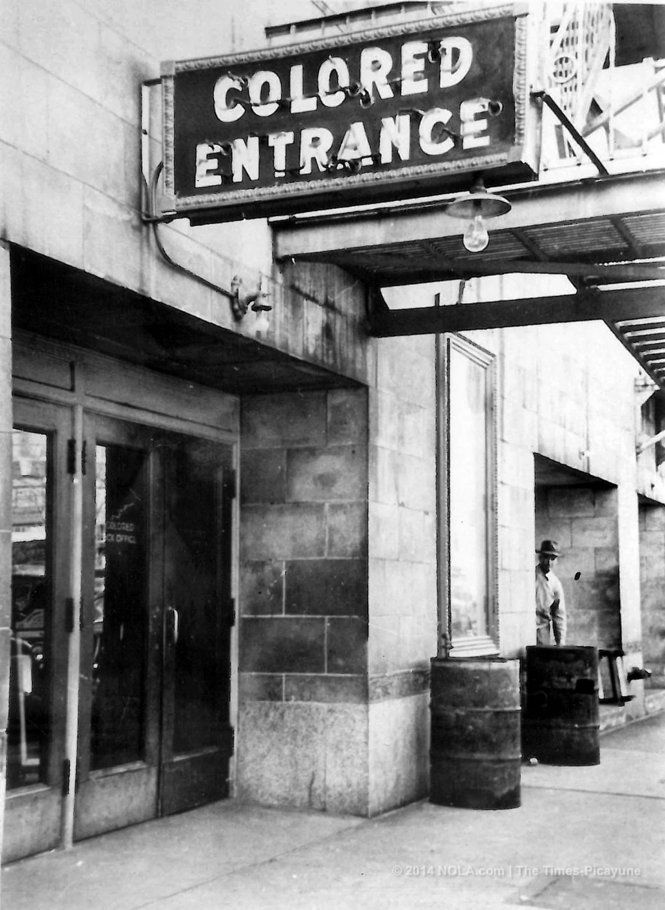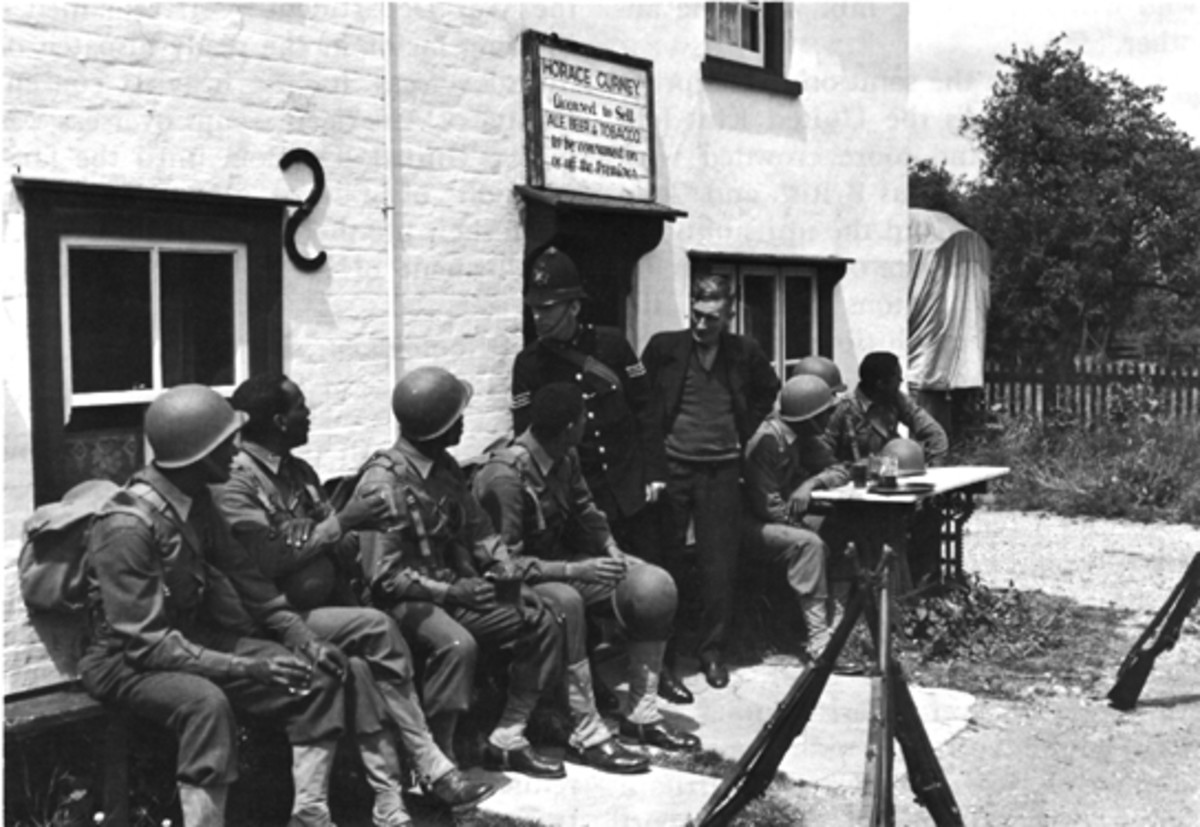
1 of 19:
Hey there! It's us! Thanks for following our Battle of the Bulge series!
Got time for a quick thread on Allied intelligence and German deception? Just give us 19 tweets.
Let's go
Hey there! It's us! Thanks for following our Battle of the Bulge series!
Got time for a quick thread on Allied intelligence and German deception? Just give us 19 tweets.
Let's go
2 of 19:
Many of you have pointed out how critical we’ve been of the Allied generals in our Battle of the Bulge series thus far. We’ve mentioned the remarkable failure of Allied intelligence that led to the smashing initial success of the Ardennes Counteroffensive.
Many of you have pointed out how critical we’ve been of the Allied generals in our Battle of the Bulge series thus far. We’ve mentioned the remarkable failure of Allied intelligence that led to the smashing initial success of the Ardennes Counteroffensive.
3 of 19:
We should mention, however, as some of you have in our DMs, the totality of circumstances weighing on the matter led Eisenhower and Bradly to believe the German forces had nothing left in terms of a counterpunch in the Ardennes.
We should mention, however, as some of you have in our DMs, the totality of circumstances weighing on the matter led Eisenhower and Bradly to believe the German forces had nothing left in terms of a counterpunch in the Ardennes.

4 of 19:
For example, the Ardennes area contained no real military objectives. The enemy’s only long-range purpose in assaulting here could be to reach across the Meuse River into Antwerp, more than 50 miles away.
For example, the Ardennes area contained no real military objectives. The enemy’s only long-range purpose in assaulting here could be to reach across the Meuse River into Antwerp, more than 50 miles away.

5 of 19:
It was almost unthinkable at this point in the war that the exhausted Panzer forces could punch through the Allied front and then push 50 miles.
It was almost unthinkable at this point in the war that the exhausted Panzer forces could punch through the Allied front and then push 50 miles.

6 of 19:
Here’s some real talk: the Germans couldn’t have done it. Even if we hadn’t reinforced Bastogne, the Panzer forces didn’t have enough fuel. The Germans didn’t have enough divisions. They didn’t have the logistics tail to get that far.
Here’s some real talk: the Germans couldn’t have done it. Even if we hadn’t reinforced Bastogne, the Panzer forces didn’t have enough fuel. The Germans didn’t have enough divisions. They didn’t have the logistics tail to get that far.
7 fo 19:
So, Ike assumed some risk in the Ardennes. [you can’t be strong everywhere; Ike had forces stretching from Switzerland to the North Sea]
So, Ike assumed some risk in the Ardennes. [you can’t be strong everywhere; Ike had forces stretching from Switzerland to the North Sea]

8 of 19:
In Eisenhower’s defense, he had the ability to quickly push large numbers of troops, tanks, and planes out if something happened in the Ardennes. [we’ll see this in action in the coming 7 days]
In Eisenhower’s defense, he had the ability to quickly push large numbers of troops, tanks, and planes out if something happened in the Ardennes. [we’ll see this in action in the coming 7 days]

9 of 19:
There also was a smart bit of military deception [the kind of thing @WTFIOGuy studies] that helped the Germans.
There also was a smart bit of military deception [the kind of thing @WTFIOGuy studies] that helped the Germans.
10 of 19:
From November 10th until the counteroffensive began on December 16th, the Germans reshuffled headquarters and units for the attack, without informing leaders.
From November 10th until the counteroffensive began on December 16th, the Germans reshuffled headquarters and units for the attack, without informing leaders.

11 of 19:
They also went about quietly, slowly, inconspicuously improving roads in places where they needed initial tank penetration
They also went about quietly, slowly, inconspicuously improving roads in places where they needed initial tank penetration

12 of 19:
Leaders knew parts and pieces of the plan [they knew what THEIR UNIT was to do] but they didn’t know enough to put the plan together.
Leaders knew parts and pieces of the plan [they knew what THEIR UNIT was to do] but they didn’t know enough to put the plan together.

13 of 19:
A lot of this reorganization went down in the Eifel mountain range [western Germany and eastern Belgium]. The terrain here conceals an awful lot: thick forested areas, slopes, valleys, plateaus.
This is a gorgeous landscape, but one without much military value.
A lot of this reorganization went down in the Eifel mountain range [western Germany and eastern Belgium]. The terrain here conceals an awful lot: thick forested areas, slopes, valleys, plateaus.
This is a gorgeous landscape, but one without much military value.

14 of 19:
During this time, the Panzer generals knew that the Allied commanders were overly reliant on the Ultra signals intelligence system. They circumvented Ultra through a network of hand-delivered encrypted notes.
During this time, the Panzer generals knew that the Allied commanders were overly reliant on the Ultra signals intelligence system. They circumvented Ultra through a network of hand-delivered encrypted notes.

16 of 19:
You see, before December 16th, his staff overlooked dozens of indicators that Panzer tank forces were massing in the Ardennes region. Ike personally also dismissed concerns that Hitler's desperation would lead to an all-or-nothing strike in Belgium.
You see, before December 16th, his staff overlooked dozens of indicators that Panzer tank forces were massing in the Ardennes region. Ike personally also dismissed concerns that Hitler's desperation would lead to an all-or-nothing strike in Belgium.

18 of 19:
And, yes, you’ve got to assume risk somewhere. You can’t have a strong defense everywhere. But he left our boys overexposed and stretched entirely too thin for a doctrinal WWII defense.
And, yes, you’ve got to assume risk somewhere. You can’t have a strong defense everywhere. But he left our boys overexposed and stretched entirely too thin for a doctrinal WWII defense.

FINAL:
All of these factors contributed to the shocking success of the German initial push at 5:30 AM on Saturday, December 16, 1944.
All of these factors contributed to the shocking success of the German initial push at 5:30 AM on Saturday, December 16, 1944.

• • •
Missing some Tweet in this thread? You can try to
force a refresh








